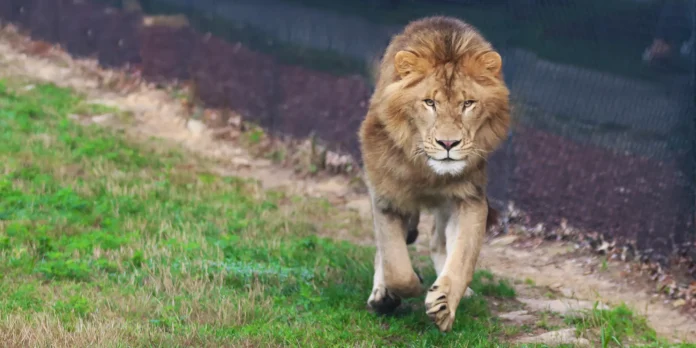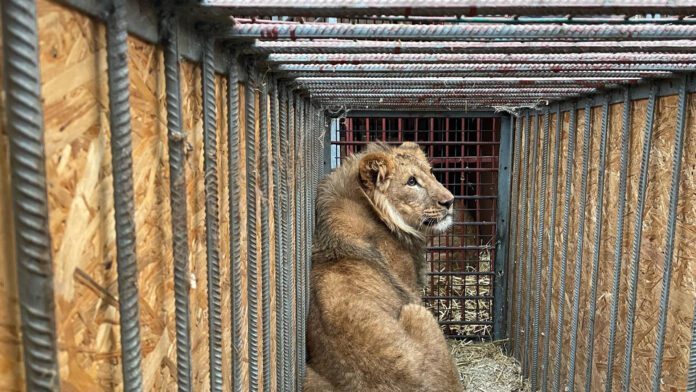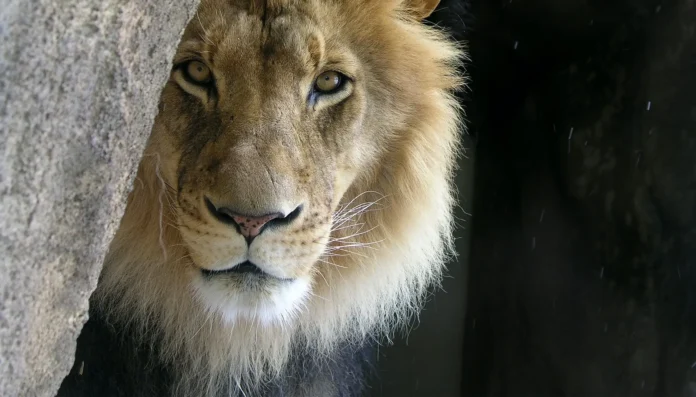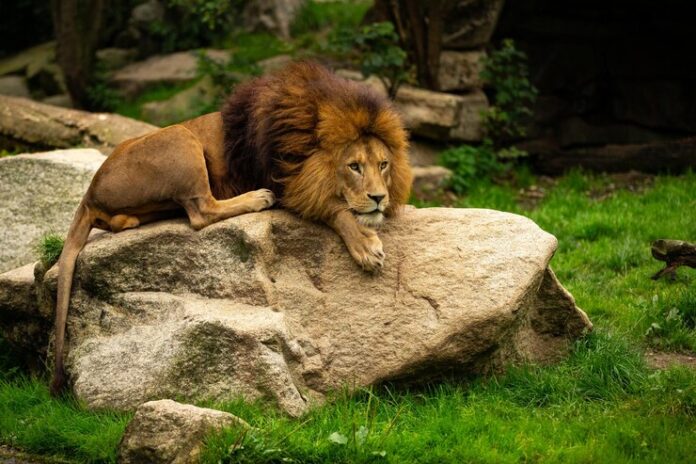Overview of Pet Lion Climate Control
Ensuring your pet lion lives in a comfortable and climate-controlled environment is crucial for its health and well-being. Lions, by their natural instinct, are adapted to warm climates, generally thriving in temperatures between 68°F and 86°F (20°C to 30°C). However, maintaining this temperature range in a domestic setting requires careful planning and implementation of effective climate control solutions. This overview will guide you through the essentials of setting up the right living conditions for your majestic pet, incorporating temperature management, humidity control, and some expert tips to keep your lion healthy and happy.
Key Takeaways
- Understanding Pet Lion Climate Control: Ensuring a proper climate for pet lions is crucial for their health and well-being.
- Ideal Temperature Range: Lions thrive in temperatures between 68°F and 86°F (20°C to 30°C), mimicking their natural habitat.
- Temperature Regulation: Proper temperature control is vital for a lion’s metabolism and overall physical condition.
- Health Risks: Inadequate climate control can lead to severe health issues like heat stress, hypothermia, and respiratory problems.
- Enclosure Setup: Designing an enclosure with areas of both shade and sunlight helps lions self-regulate their temperature.
- Heating and Cooling Systems: Implementing thermostatically controlled heating and cooling systems is essential.
- Humidity Control: Maintaining a relative humidity between 40% and 50% prevents health issues like dehydrated skin and respiratory problems.
- Regular Monitoring: Consistent temperature monitoring and adjustments ensure the lion’s comfort and health.
- Natural Elements: Incorporating naturalistic elements like trees and rocks aids in creating a stable microclimate.
- Seasonal Adjustments: Adapting the enclosure to seasonal changes ensures optimal living conditions year-round.
Understanding the Importance of Proper Climate Control for Pet Lions
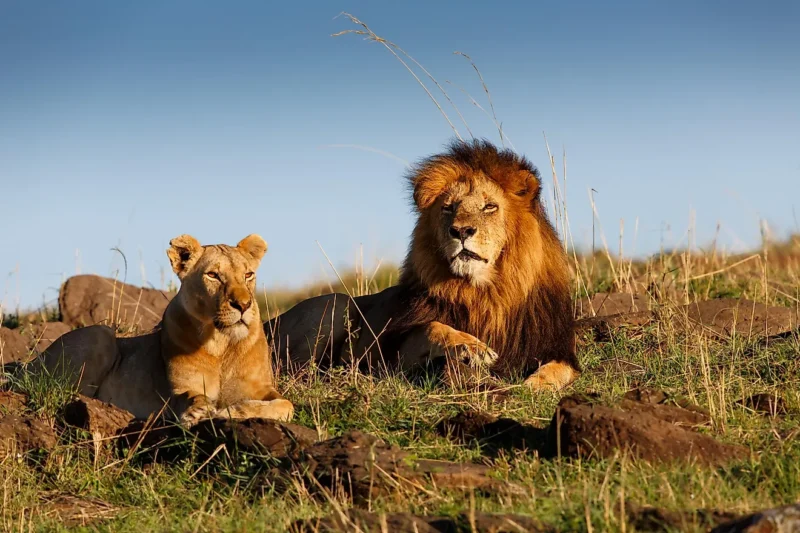

Why Adequate Temperature Regulation is Critical for Pet Lions
Regulating the temperature for pet lions is vital for several reasons that pertain directly to their health and general well-being. Lions, by nature, are adapted to the savannahs and grasslands where the climate is usually warm during the day and cooler at night. Maintaining a similar environment in captivity ensures that lions can regulate their body temperatures effectively, which is crucial for their metabolism and overall physical condition. Moreover, proper temperature control helps simulate a natural habitat, which is essential for their psychological health, reducing stress and promoting natural behavioral patterns.
A balanced temperature in their living space also supports proper digestion and nutrient absorption, critical aspects of a lion’s health. Without this balance, lions may suffer from various digestive problems, which can affect their energy levels and immune functions. Furthermore, temperature extremes can lead to increased susceptibility to diseases as their bodies are forced to expend energy to maintain homeostasis rather than focusing on growth and immune response.
Potential Health Ris Abundance of Inadequate Climate Control for Exotic Petsks
Inadequate climate control can lead to several severe health complications in pet lions. One of the most common issues is heat stress or heatstroke, which can occur if lions are exposed to overly warm temperatures without adequate cooling options. Symptoms of heat stress may include pant for once, lethargy, and even collapse. If not quickly addressed, it can be fatal.
On the flip side, exposure to cold temperatures can lead to hypothermia. Lions are not equipped to handle prolonged periods of cold, which can lead to lowered immune system responses, making them more susceptible to infections. Such temperature-induced stress can also lead to behavioral changes, such as increased aggression or depression, both of which are indicative of discomfort and displeasure.
Furthermore, fluctuations in temperature that are too swift or frequent can lead to respiratory issues in lions. Maintaining a consistent environment limits the risk of such health problems and contributes to a habitat where lions can thrive.
“Creating a comfortable and controlled climate for your pet lion is not just a luxury, it’s a necessity for their health and happiness.”
Setting Up the Ideal Climate for Your Pet Lion
Creating a Suitable Living Space
When setting up a living space for a pet lion, it is essential that the design not only mimics their natural habitat as closely as possible but also allows for easy climate control. The enclosure should ideally have areas of both shade and sunlight, mimicking the lion’s natural savannah environment. This allows the lion to self-regulate its temperature by moving between sunny and shaded areas as needed.
The floor of the enclosure should be made of materials that do not become excessively hot or cold, such as natural earth, grass, or specially designed matting. Additionally, the insulation of the walls and ceiling is crucial to prevent rapid changes in temperature. Windows or vents should be included, which can be opened or closed to manage the air flow and temperature according to the external climate conditions.
In larger enclosures, introducing naturalistic elements like trees, large rocks, and perhaps even a water feature can further aid in mimicking the natural environment, providing not only visual and tactile stimulation for the lion but also contributing to a more stable microclimate within the enclosure.
Utilizing Heating and Cooling Systems
To maintain a stable temperature in your pet lion’s enclosure, the use of heating and cooling systems is often necessary. During colder months, installed heating solutions can provide warmth. Radiant heat panels, infrared heat lamps, or even heated floors can be used to create a comfortable environment. It’s important to place heating elements in such a way that they do not create overly hot spots and allow the lion to move away to cooler areas as it wishes.
For the warmer months, air conditioning units or evaporative coolers can be used to cool down the living space. These systems should be designed to handle the size of the enclosure and be placed strategically to avoid direct contact with the animal while ensuring effective circulation of cooled air.
In both cases, it’s crucial to have thermostatically controlled systems that automatically adjust temperatures based on pre-set limits. This automation helps ensure that the environment remains within safe limits without constant manual adjustments.
Implementing Humidity Control Measures
Lions don’t typically require highly humid environments, but correct humidity levels are still important to prevent health issues such as dehydrated skin or respiratory problems. In regions with naturally high humidity, dehumidifiers may be necessary to maintain a comfortable environment. Conversely, in dryer climates, incorporating a humidifier can help add necessary moisture to the air.
The ideal relative humidity for a lion’s enclosure should be between 40% and 50%. This can be monitored with a hygrometer to ensure levels are appropriate. Regular checks and adjustments will help in maintaining an environment that supports your lion’s health and comfort, reducing the potential for skin and respiratory issues linked to inappropriate humidity levels.
Monitoring and Adjusting the Climate Conditions
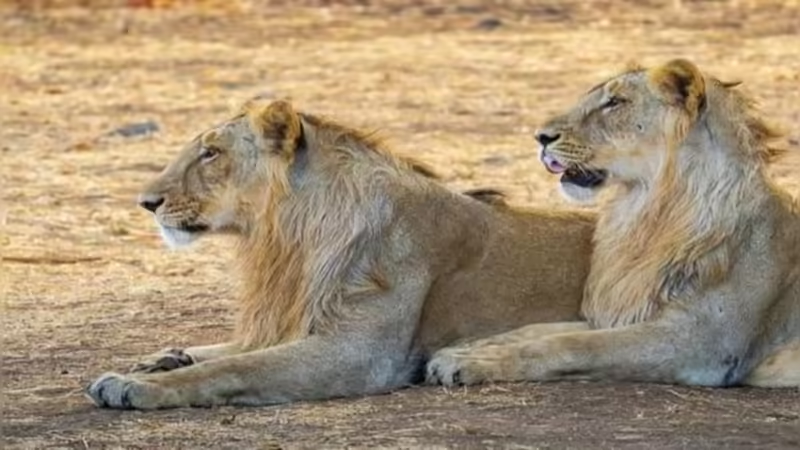
Maintaining the right climate conditions for a pet lion is crucial, not only for its comfort but also for its health. Regular checks and adjustments ensure that the environment remains conducive to the lion’s well-being, mimicking its natural habitat as closely as possible.
Regularly Checking Temperature Levels
It is essential to regularly monitor the temperature of the area where your pet lion spends most of its time. Lions are naturally adapted to warmer climates, typically preferring temperatures in the range of 75 to 90 degrees Fahrenheit. Implementing a reliable digital thermometer system can help you keep consistent track of the environment. Check the temperature both during the day and at night since fluctuations can be significant and impact your lion’s comfort and health.
Identifying Signs of Discomfort in Your Pet Lion
Understanding the behavior and body language of your pet lion is vital in assessing its comfort levels. Signs of discomfort due to inappropriate temperatures include excessive panting, lethargy, or reluctance to eat. During colder temperatures, your lion might shiver or huddle. Keeping a keen eye on these signs helps in making well-informed adjustments promptly.
Making Necessary Adjustments for Optimal Comfort
Once you detect signs of discomfort in your pet lion, or if the temperature readings are outside the ideal range, immediate action should be taken. If it’s too hot, consider enhancing the ventilation system, adding more fans, or installing a cooling unit like an air conditioner. In colder conditions, insulation of the lion’s living space, using heat lamps, and providing warmed bedding can help raise the temperature to a comfortable level. Regular adjustments and investments in high-quality climate control systems go a longly way in providing a stable environment for your lion.
Additional Tips for Maintaining Proper Climate Control
Beside regular monitoring and adjustments, there are additional strategies that can contribute to maintaining an ideal climate for your pet lion. These tips focus on providing physical structures and responding to natural environmental cues.
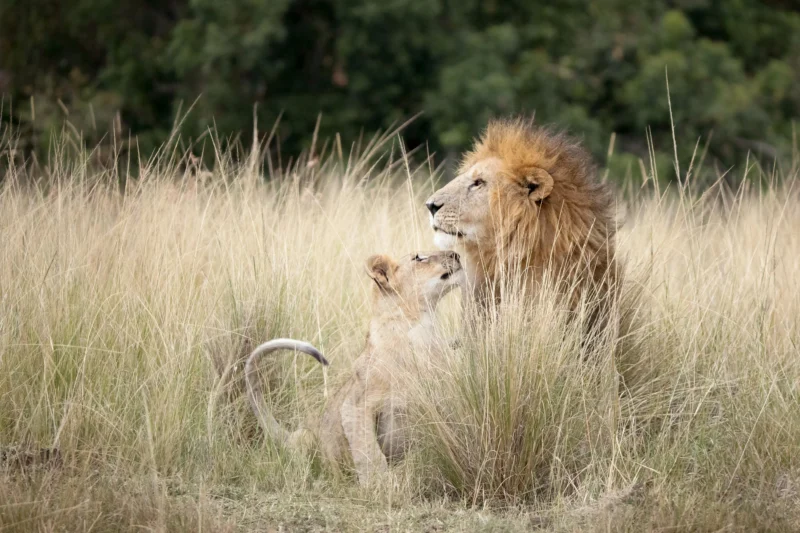

Providing Shade and Shelter Options
Sunlight can significantly affect the temperature of your pet lion’s habitat. During the hotter parts of the day, having access to shaded areas is essential for your lion to cool down. Building a sturdy shelter or having large, leafy trees in the enclosure will provide necessary relief from direct sunlight. Moreover, shelters come in handy during rainy or colder seasons by providing a dry, warm place for your lion to retreat.
Considering Natural Climate Cues in the Environment
Incorporate the natural climate rhythm of your local environment when planning your lion’s habitat. If you live in a seasonally variable climate, be prepared for adaptations throughout the year. This includes adding layers of straw or hay to the lion’s habitat during colder months and ensuring adequate water sources for cooling in the hotter months. Observing natural cues like wind patterns, humidity levels, and seasonal temperatures helps in creating a dynamic response strategy that keeps the lion’s living conditions optimal no matter the time of year.
By adopting these practical and effective tips for pet lion climate control, you ensure your lion lives in a safe, comfortable, and health-conducive environment. Remember, a happy lion is a healthy lion!
Related Article : Top 5 Security Measures for Pet Lion Housing
Final Thoughts
Creating the perfect climate-controlled environment for your pet lion is essential for ensuring their health and happiness. By carefully regulating temperature and humidity levels, you can provide a habitat that mimics their natural savannah environment. This not only promotes physical well-being but also supports psychological health, reducing stress and encouraging natural behaviors.
Investing in high-quality climate control systems and regularly monitoring environmental conditions are key steps in maintaining an ideal habitat. Remember, a balanced and stable climate contributes significantly to your lion’s overall quality of life.
Frequently Asked Questions
1. What temperature range is best for a pet lion’s enclosure?
- The ideal temperature range for a pet lion’s enclosure is between 68°F and 86°F (20°C to 30°C) to mimic their natural habitat.
2. How can I ensure my pet lion’s enclosure remains at a stable temperature?
- Utilize thermostatically controlled heating and cooling systems, and regularly monitor the temperature using reliable digital thermometers.
3. What are the signs that my pet lion is uncomfortable with the temperature?
- Signs of discomfort include excessive panting, lethargy, reluctance to eat, shivering, and huddling in one area.
4. How important is humidity control for pet lions?
- Maintaining relative humidity between 40% and 50% is crucial to prevent health issues like dehydrated skin and respiratory problems.
5. What natural elements can I add to my pet lion’s enclosure for better climate control?
- Adding trees, large rocks, and water features can help create a more stable microclimate and provide visual and tactile stimulation for your lion.
Ready to create the perfect climate-controlled environment for your pet lion? Start implementing these expert tips today and ensure your lion lives a happy, healthy life. Subscribe to our newsletter for more exotic pet care tips and join our community of passionate lion owners!





